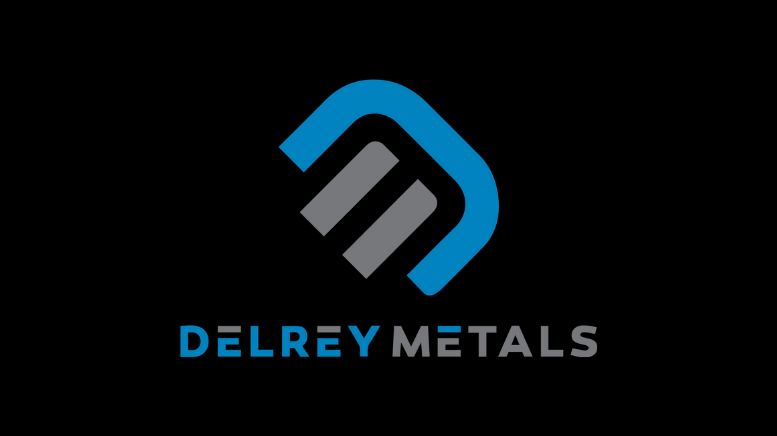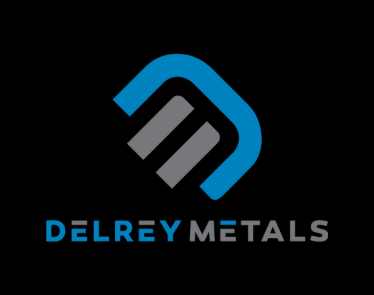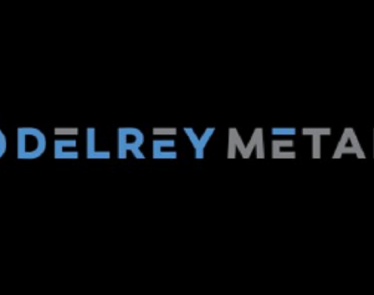
The vanadium market has gained a lot of attention in recent years due to new national standards for rebar in China, as well as growing demand for products like the Vanadium Redox Flow Battery (VRFB).
This increasing need for vanadium sent the prices soaring in 2018, reaching highs not seen in more than a decade. And the future looks just as bright, with Acumen Research and Consulting expecting the vanadium market to be worth approximately $56 billion USD by 2026.
If you look at the growing demand for new vanadium projects and the dwindling global inventory, it’s clear why Vancouver-based junior resource exploration and development company Delrey Metals Corp. (CSE:DLRY) (OTCPK:DLRYF) is primarily focusing on vanadium projects.
Delrey Metals has several promising vanadium projects throughout British Columbia. The company also has the option to acquire 80% of the Newfoundland-based Four Corners Vanadium project, which has been dubbed “one of the largest and most accessible vanadium projects in North America.”
Delrey just announced very positive results from a Phase II prospecting program at its British Columbia-based Star, Porcher, and Blackie properties, revealing assays returning as high as 0.513% Vanadium Pentoxide (V205), 49.3% Iron, and 4.01% Titanium.
Let’s take a look at the reasons behind the growing demand for vanadium, why the global supply is low and why Delrey Metals is one company investors should be watching.
>> PTI Stock Jumps As EU Grants Orphan Drug Designation
Why the Global Demand for Vanadium is Rising
In a modern world that is striving to become environmentally friendly, renewable energy sources like wind and solar power are essential. Although vanadium is primarily used as an alloy in steel production, the metal has also gained significant attention around the world for its energy storage potential.
In terms of system flexibility, cost, quick response, and safety for large-scale energy applications, VRFBs (vanadium redox batteries) are the optimal choice over other types of batteries like lithium-ion and lead‐acid batteries for large grid power storage. VRFBs are environmentally friendly, have estimated lifespans of over 10,000 cycles and maintain 90% of their capacity over 20 years. VRFBs are used for grid support, energy storage, power backups, electric vehicle charging, and goods engineering.
It is no surprise, then, why the VRFB market is expected to grow at a CAGR of 59.7% to reach $1.11 billion by 2025.
As mentioned, China has also driven up demand for vanadium by imposing new national standards for steel rebar last year, which led to an increase in the amount of vanadium required to harden the metal.
How Delrey Metals is Combating the Dwindling Supply of Vanadium
At present, 56% of the global vanadium supply comes from China. However, Chinese environmental restrictions and protectionist policies mean that supply will be limited moving forward.
The dwindling supply coming from China is the reason why Delrey Metals is primarily targeting vanadium projects in Canada. The company has acquired promising Fe-Ti-V projects that show potential for materials used in the energy storage and electric vehicle markets.
In December 2018, Delrey Metals acquired BC Vanadium Corp. and its two vanadium projects, Porcher and Star, which cover a total area of 16,654 acres and host vanadium mineralization within large bodies of titaniferous magnetite.
The company also acquired vanadium assets from Western Energy Metals last year, adding two additional vanadium properties in BC to its project portfolio.
>> LMNR Stock Suffers Bad Weather: Is Limoneira Undervalued Right Now?
In April, Delrey Metals completed airborne geophysics across its Porcher, Blackie, and Star properties, which garnered very positive results, outlining sizable magnetic anomalies on all three properties. Thanks to these positive results, Delrey increased the size of its Porcher property from 3,122.16 to 3,525.46 hectares and the Star property from 3,646.8 to 4,618.3 hectares.
The results from the surveys were then used in a Phase II work program at these properties that included prospecting, mapping, and rock sampling over the geophysical anomalies. As mentioned, the Phase II program confirmed that Delrey Metals has strong prospects at all three properties, identifying consistent V205, titanium, and iron enrichment on all three properties.
Delrey has now submitted five-year area-based permit applications, which will allow it to establish up to 40 drill sites on the three properties.
Delrey Metals also recently announced that it is working diligently to finalize negotiations with Triple Nine Resources for the option to earn 80% of the Four Corners project. The flagship project is base on 5,157 hectares and contains Vanadium-Iron-Titanium with selective outcrop samples of up to 56.92% Iron, 15.13% Titanium, and 0.39% Vanadium Pentoxide.
The company plans to expedite a work program on the Four Corners Project and file a maiden resource.
Considering that there are very few resource companies that have vanadium-focused assets, it is clear that Delrey Metals has positioned itself very well to capitalize on the increasing demand for this energy metal.
Featured Image: Delrey Metals








